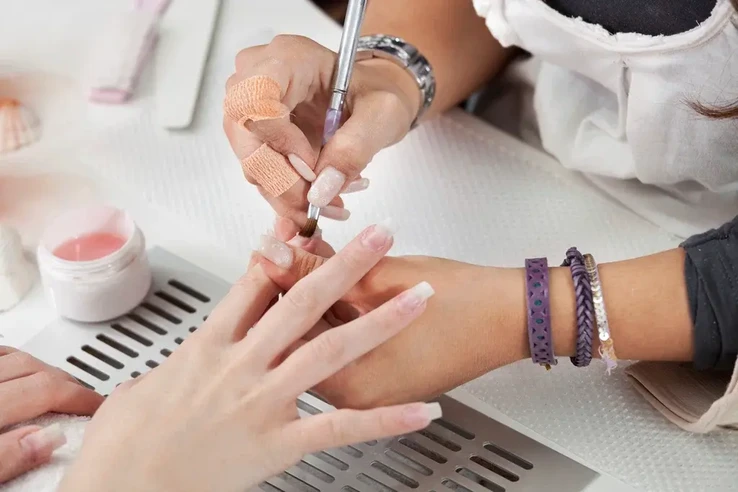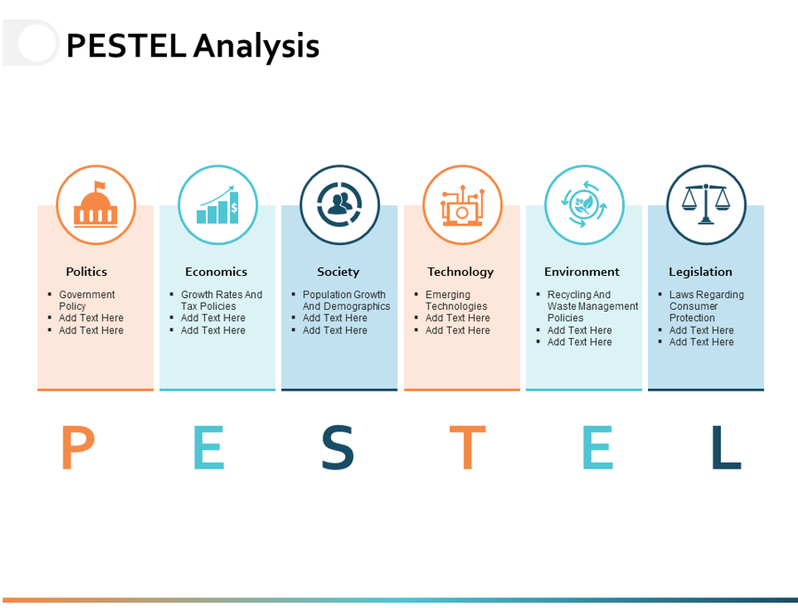The nail art industry has seen remarkable growth in recent years, evolving from a simple grooming ritual to a vibrant form of self-expression. This blog explores the current market landscape, key players, and a PESTEL analysis of the nail art industry, providing insights into the factors influencing its growth and future trajectory.
Market Overview
The global nail care market was valued at approximately $9.7 billion in 2020 and is projected to reach around $13.3 billion by 2027, growing at a compound annual growth rate (CAGR) of 4.2% during this period. This growth is driven by several factors, including rising disposable incomes, the influence of social media, and an increasing emphasis on personal grooming.
Regional Insights
- North America: Dominates the market due to a strong salon culture and high demand for nail care products.
- Europe: Significant contributors include the UK, Germany, and France, where nail art is widely embraced.
- Asia Pacific: Emerging as a key market, particularly among younger consumers in countries like India and China, who are increasingly adopting nail art trends.
PESTEL Analysis of the Nail Art Industry
A PESTEL analysis evaluates the external factors that impact the nail art industry, categorized into Political, Economic, Social, Technological, Environmental, and Legal aspects.
Political Factors
- Regulations: The nail art industry is subject to various regulations regarding health and safety standards in salons. Compliance with these regulations is crucial for operating legally and maintaining customer trust.
- Trade Policies: Import and export regulations can affect the availability and pricing of nail products. Trade agreements can facilitate easier access to international markets for nail care brands.
Economic Factors
- Disposable Income: Rising disposable incomes globally have led to increased spending on personal grooming and nail care services, driving market growth.
- Economic Downturns: Economic recessions can lead to reduced spending on non-essential services like nail art, impacting salon revenues.
Social Factors
- Changing Beauty Standards: There is a growing acceptance of diverse beauty standards, with nail art becoming a significant form of self-expression among various demographics, including men and younger generations.
- Influence of Social Media: Platforms like Instagram and TikTok have popularized nail art trends, encouraging consumers to experiment with their nail designs and seek professional services.
Technological Factors
- Innovations in Products: The introduction of gel polishes, dip powders, and advanced nail art tools has revolutionized the nail care industry, offering consumers more durable and creative options.
- Online Tutorials: The rise of DIY nail art tutorials has empowered consumers to explore nail art at home, increasing demand for nail care products.
Environmental Factors
- Sustainability: There is a growing demand for eco-friendly and non-toxic nail products. Brands are responding by offering cruelty-free options and sustainable packaging, appealing to environmentally conscious consumers.
- Health Concerns: Increased awareness about the health impacts of certain chemicals in nail products has led to a shift towards safer formulations.
Legal Factors
- Labor Laws: Nail salons must comply with labor laws related to employee rights, wages, and working conditions, which can impact operational costs.
- Health Regulations: Compliance with health regulations is essential for salons to operate legally and ensure customer safety, particularly concerning sanitation practices.
Key Players in the Nail Art Industry
The nail art industry comprises various players, including manufacturers, distributors, and service providers. Here are some of the top market players:
- Regis Corporation (USA): A leading provider of hair and nail salon services, Regis operates numerous salons across North America, focusing on customer satisfaction and innovative nail care.
- Sally Beauty Holdings, Inc. (USA): A major distributor of professional beauty supplies, Sally Beauty offers a wide range of nail products, catering to both salons and individual consumers.
- OPI Products, Inc. (USA): Renowned for its extensive range of nail polishes, OPI is a key player known for its innovative formulas and collaborations with fashion brands.
- Essie (USA): A popular nail polish brand offering a variety of shades and finishes, Essie is known for its high-quality products and trend-driven collections.
- CND (Creative Nail Design) (USA): A pioneer in the nail care industry, CND is known for its gel and acrylic systems, providing professional-grade products for salons.
- Estée Lauder Companies Inc. (USA): A global leader in the beauty industry, Estée Lauder owns several high-end beauty brands, including nail care lines that cater to luxury markets.
- LVMH Moët Hennessy Louis Vuitton SE (France): This luxury conglomerate owns several beauty brands, including nail care products that appeal to affluent consumers.
- NAILS INC. (UK): A leading nail salon chain in the UK, NAILS INC. offers a range of nail services and products, emphasizing innovation and quality.
- Hana Nail (China): A popular nail salon chain in China, Hana Nail is known for its trendy designs and high-quality services, catering to the growing demand for nail art.
- LOTUS NAILBAR & SPA (Japan): A Japanese nail salon chain offering a wide range of nail art services and products, focusing on customer experience and satisfaction.
Conclusion
The nail art industry is a dynamic and rapidly evolving market, driven by technological advancements, social media influence, and changing consumer preferences. As the market continues to expand, key players must adapt to emerging trends and consumer demands to thrive in this competitive landscape.


